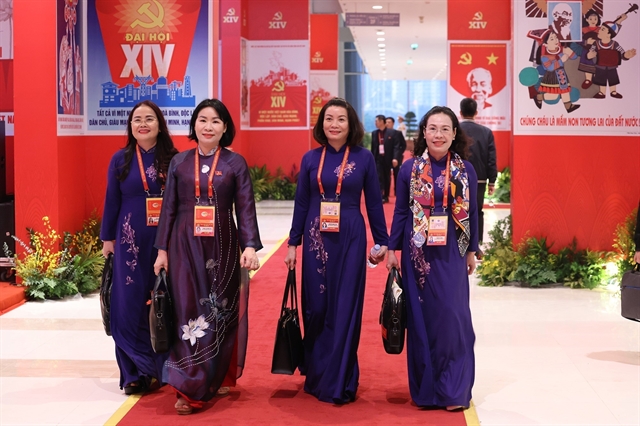 Opinion
Opinion


|
| Huỳnh Kim Tước |
Huỳnh Kim Tước, managing director of Sài Gòn Innovation Hub (SIHUB)’s Start-up Support Centre under the HCM City Department of Science and Technology, speaks to Hải Quan (Customs) Online newspaper about the advances of technology in the start-up industry.
How do you think technology play a role in the manufacturing and development processes for a start-up project?
A start-up is based on producing a new product for the market, such as a new service. This process includes the role of technology to create a new product which is important because creativity based on new technology platform creates competitive advantages for new businesses.
Developing a business model also requires advanced technology. There are lessons from Amazon, Alibaba and Grab about how to run a business by adopting technology such as satellite, tools, applications, app manager and business management. That shows us the role of technology in the process of business administration in every business model, especially start-ups.
How have Vietnamese start-ups applied innovative technology?
HCM City is ranked the top destination for start-ups in Việt Nam. However, most projects are still lacking creativity and have low tech application. Start-ups lack both an understanding and capital. They lack technical information which can increase product value. These businesses normally shape their products before applying technology. On the other side of the spectrum, big companies search for technology trends and develop their products around them. By doing so they can create a production line and develop for the long-term.
The nature of Vietnamese start-ups is developing like a pyramid; the bottom rungs are largely occupied by small businesses with relatively simple products. The second floor is growing with organic products and the application of technology. The top level is limited to mainly pharmaceutical companies that have purchased a number of extraction technologies to create products.
Some start-ups have started using indigenous resources that have grabbed a lot of interest. How can we apply technology this area?
Over the last five years, many start-ups have used indigenous resources combined with commercialised industrialisation to become booming markets. One of them is the Quảng Thanh cheek powder model which produces sunglasses and frames made from bamboo.
For example, the sunglasses being sold at Charles de Gaulle Airport for 400 euros each are produced by a young start-up in Củ Chi District. The reason why the price is so expensive is because the owner has captured customers' imaginations with the use of natural materials. That is the benefit of using indigenous resources combined with understanding the market and use of technology application.
However, the industrialisation of traditional products remains simple. It is very common for nutritious plants to be dried and packed in bags for sale. This is a relatively simple way of using technology, but if instead we can use those plants to produce skincare products then the value shoots up.
On the other hand, start-ups lack support from organisations such as investors and consultants. For example, SMEs should use consulting services to assess competence, and then evaluate their products and resources, and how they can restructure. In the process of restructuring they need to bring in technology, finance and management to help create new and better product lines. Investors will be able to see their return on revenue. This is a way for SMEs to source finance and invest in development technology while creating new product lines. VNS




